There’s something that’s been on my mind more and more over the past few years – living life at a slower pace, with greater simplicity and with moments of stillness. It’s something that I used to scoff at but it’s increasingly been something I’m drawn towards.
Living life in the fast lane can be very satisfying. Running on adrenaline keeps you energised and buzzing. I know. I’ve been there! But it has lots of drawbacks too. In the hectic pace of living a busy life, even one you love, your stress hormones are circulating constantly through your body and this can have a significant impact on your longer term health. Yes, you might not feel it in the moment, but over time the impact can affect your health including your mental health. There can be silent wear and tear going on in the background affecting your gut, your nervous system and other systems in your body.
Bringing a slower pace to your life, even for just a small part of your day, can invite a healthier balance for your body and mind. Just a few minutes a day is a perfect way to start a new habit of resting, re-energising and restoring your inner balance. I often encourage people to do this in nature if they can.
Nature has some amazing effects on the human nervous system which benefits your overall health and stress levels, and can also help improve your sleep. If you can’t get outdoors into a relaxing natural environment – maybe you’re in the city or the weather is wild outside or you’re in quarantine or you’re not able to move about – whatever the reason, you can spend a few minutes looking outside through a window, snuggle up to your favourite indoor plant or hold a shell or river pebble while you take a few deep slow breaths.

Choosing moments of slow living each day, whether it’s for a couple of minutes or a couple of hours, is a valuable treasure in your day. Remember, something is better than nothing, and your mind and body will thank you for it.
You can read more about my efforts towards slower living as well as other people’s actions over on my friend Margy’s blog Simple Slow Still.
If you’d like more handy little tips to connect with the outdoors for mind and body health, you’ll love my newsletter Grounded Inspiration which comes out about twice a month. For a limited time I’m giving away “Your Guide to a Perfect Nature Escape Day” to new subscribers. This is a super-easy-to-use checklist that will help you easily and effortlessly plan a day of escape in nature where you can relax, rejuvenate and rediscover inner peace and calm. I have very regular escape days and I highly recommend them! I’ll tell you more about them in an upcoming blog.
SUBSCRIBE to Grounded Inspiration and download your free guide to a perfect nature escape day!
I’d like to acknowledge the traditional owners of the land on which I live and work, the Gidhabal people. I pay my respects to their Elders past, present and emerging.
Listen to the audio of this blog post on the Outdoors is my Therapy podcast – Episode 28!
 Discovering mountain biking as life’s ultimate parallel universe in her middle age, Kathryn Walton shares information and reflections that inform, inspire and empower women to a healthy and active lifestyle.
Discovering mountain biking as life’s ultimate parallel universe in her middle age, Kathryn Walton shares information and reflections that inform, inspire and empower women to a healthy and active lifestyle.

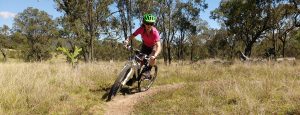
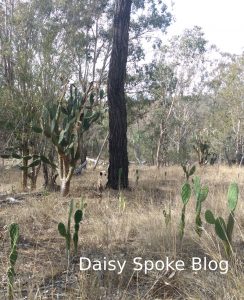 also gradually taken place –
also gradually taken place – 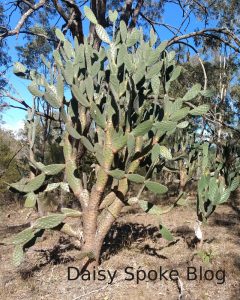 Uncovering how best to manage this pest has
Uncovering how best to manage this pest has 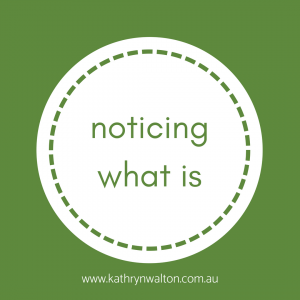
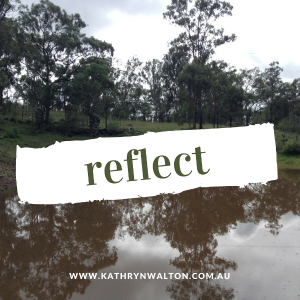
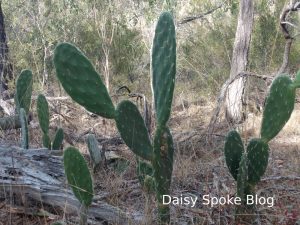 And so as I
And so as I